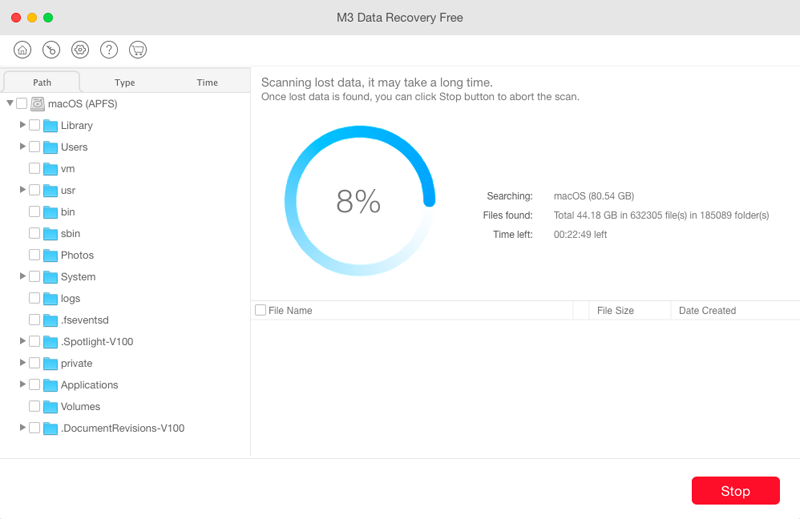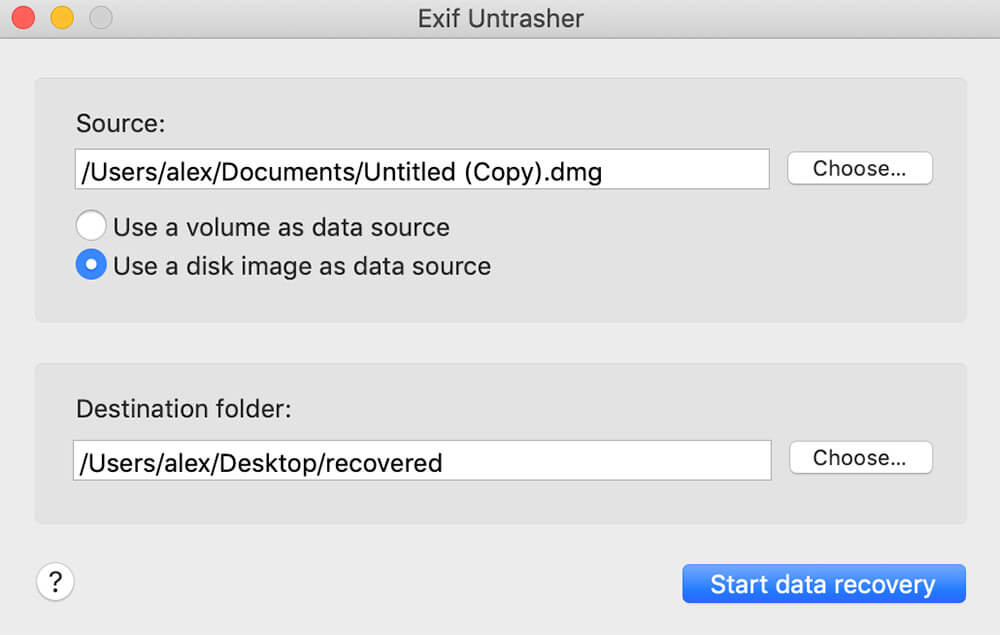Recovery Software For Mac Os
macOS Recovery is part of the built-in recovery system of your Mac. You can start up from macOS Recovery and use its utilities to recover from certain software issues or take other actions on your Mac.
EaseUS Data Recovery Wizard for Mac Free. EaseUS Data Recovery Wizard for Mac Free is one of.
How to start up from macOS Recovery

- Best Data recovery software for OS X 10.6 Snow Leopard. If you have ever lost data under Mac OS X 10.6 Snow Leopard, we tell you that there is a solution to bring them back quickly and easily so that you do not have to take your computer to Apple technical service where you.
- Best software for Android data recovery for Mac. Today, there are many developments that will let you access the familiar operating system and restore its operation. One of them is Disk Drill. Best Android Data Recovery Software for Mac OS X; News. Best Android Data Recovery Software for Mac OS.
- MiniTool Data Recovery for Mac helps you recover files from your hard drive or an external drive. With just a few clicks, you can run a scan and find the files you're looking for.
- Recoverit for Mac. When it comes to a professional data recovery software for Mac OS X, then.
- Turn on your Mac and immediately press and hold these two keys: Command (⌘) and R. Need help?
- Release the keys when you see an Apple logo, spinning globe, or other startup screen.
- You might be prompted to enter a password, such as a firmware password or the password of a user who is an administrator of this Mac. Enter the requested password to continue.
- Startup is complete when you see the utilities window:
- After starting up from macOS Recovery, select a utility, then click Continue:
- Restore From Time Machine Backup:Restore your Mac from a Time Machine backup.
- Reinstall macOS: Download and reinstall the Mac operating system.
- Get Help Online: Use Safari to browse the web and find help for your Mac. Links to Apple's support website are included. Browser plug-ins and extensions are disabled.
- Disk Utility: Use Disk Utility to repair your disk or erase your disk or other storage device.
Additional utilities are available from the Utilities menu in the menu bar: Startup Security Utility (or Firmware Password Utility), Network Utility, and Terminal.
- To quit macOS Recovery, choose Restart or Shut Down from the Apple menu . If you want to choose a different startup disk before quitting, choose Startup Disk from the Apple menu.
If you can't start up from macOS Recovery

If your Mac can't start up from its built-in macOS Recovery system, it might try to start up from macOS Recovery over the Internet. When that happens, you see a spinning globe instead of an Apple logo during startup:
To manually start up from Internet Recovery, press and hold either of these key combinations at startup:
- Option-Command-R
- Shift-Option-Command-R
Learn more
Mac Os Software List

If startup from Internet Recovery is unsuccessful, you see a globe with an alert symbol (exclamation point):
In that case, try these solutions:
- Make sure that your Mac can connect to the Internet. If you're not prompted to choose a Wi-Fi network during startup, move your pointer to the top of the screen, then choose a network from the Wi-Fi menu , if available.
- Press Command-R at startup to try using the built-in Recovery system instead of Internet Recovery.
- Connect to the Internet using Ethernet instead of Wi-Fi, or vice versa.
- Connect to the Internet from a different Wi-Fi or Ethernet network. Your network configuration might not allow the Internet access that macOS Recovery needs.
- Try again later, because the issue might be temporary.
- Start up from another disk or volume, if available, or use a bootable installer to reinstall macOS.
If you still need help, please contact Apple Support.
Summary: The blog helps you retrieve lost or deleted data from macOS Catalina on your MacBook, iMac, Mac mini or Mac Pro system. Free download Stellar Data Recovery Professional on your macOS Catalina device to begin. |
5 Data Loss Issues that May Arise on macOS Catalina 10.15
- Data loss from the trash
- USB drive not showing up on Mac
- Hard drive formatting
- Data loss on Time Machine
- Data loss on Encrypted drives
Recovering Data from macOS Catalina with Stellar Data Recovery
Free Data Recovery Software For Mac Os X
Moreover, Stellar Data Recovery utility helps you retrieve deleted files from macOS Mojave or High Sierra too. Like in macOS 10.14 and 10.13, you need to follow a process to make your storage device available for data recovery.
Preparing macOS Catalina Start-up disk
First off, you need to disable System Integrity Protection on your Mac start-up disk temporarily. To do so:
i) Reboot your Mac and press-hold Command + R to boot into recovery mode.
ii) Launch Terminal and type in the command csrutil disable
iii) Press Return key
The macOS disables the System Integrity Protection, and now you can restart your Mac as usual.
Stellar Data Recovery Professional for Mac is now compatible with macOS Catalina 10.15 i.e.; you can install the software on your MacBook, iMac, Mac Pro devices, and begin the process of file recovery.
Note: Once you recover the data with Stellar Data Recovery software, you can reboot your Mac into Recovery Mode and enable the System Integrity Protection by using the command csrutilenable in Terminal.
2. Launch Stellar Data Recovery Professional for Mac
i) Open the software and select what files you want to recover. You can customize your scan by using the toggle-buttons. Press Next
ii) Select MacintoshHD i.e., the start-up disk that contains macOS Catalina OS. You may select the external drive or USB as well if you want to recover files from those media.
iii) Launch the Scan or DeepScan and allow the software to complete the process.
iv)Preview your recoverable files once the scan is done.
v) If you are a registered user of the Stellar Data Recovery software, then you can save your data to a destination of your choice.
Readmore: How to activate Stellar Data Recovery Professional for Mac?
Stellar Data Recovery Premium and Technician version are also compatible with macOS Catalina 10.15 now.
Conclusion
Data loss may bother you on macOS Catalina 10.15; however, if you have gone through this blog, then you will be able to recover data from macOS Catalina with the help of Stellar Data Recovery software.
You can take a free trial version of the macOS Catalina data recovery software here.

